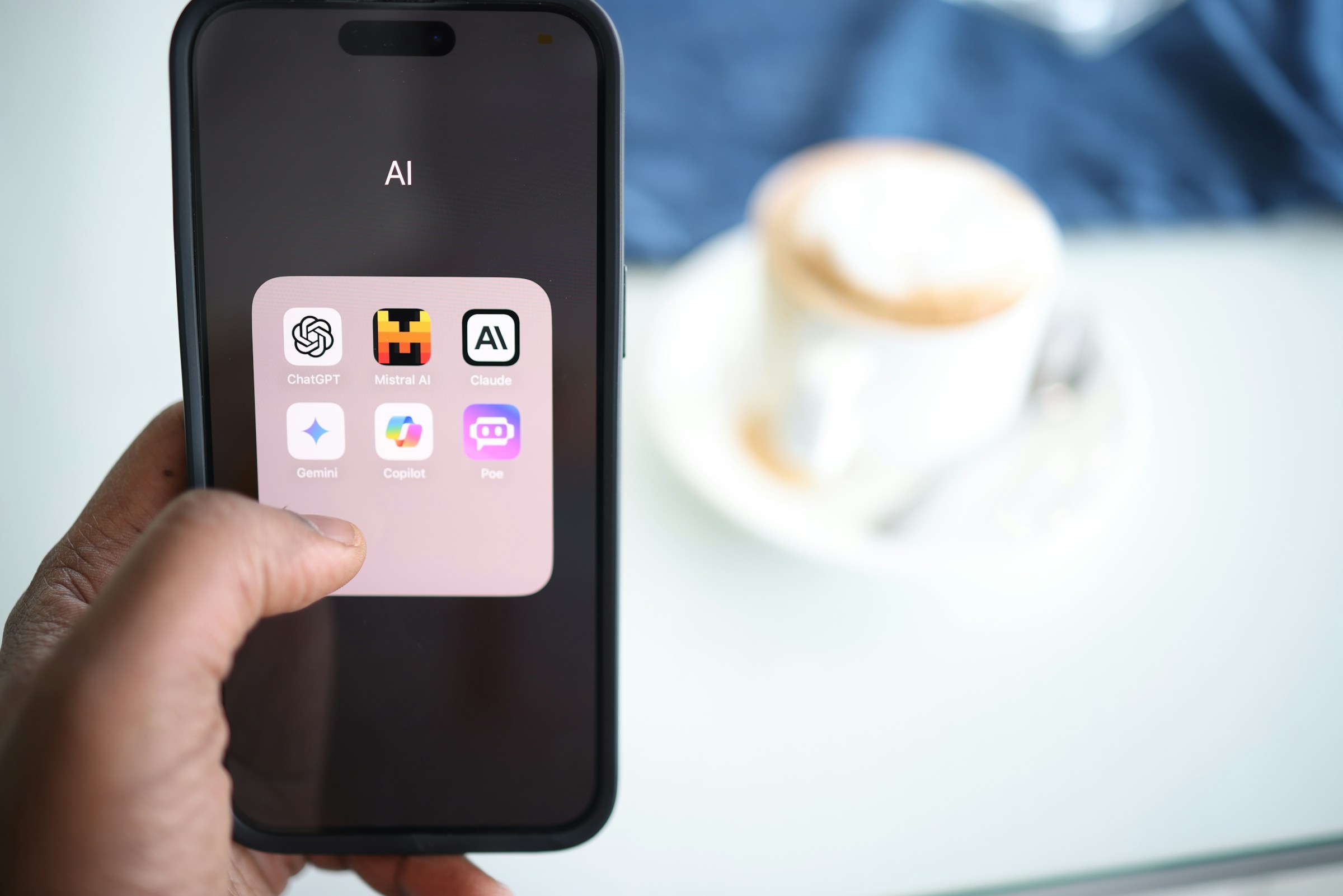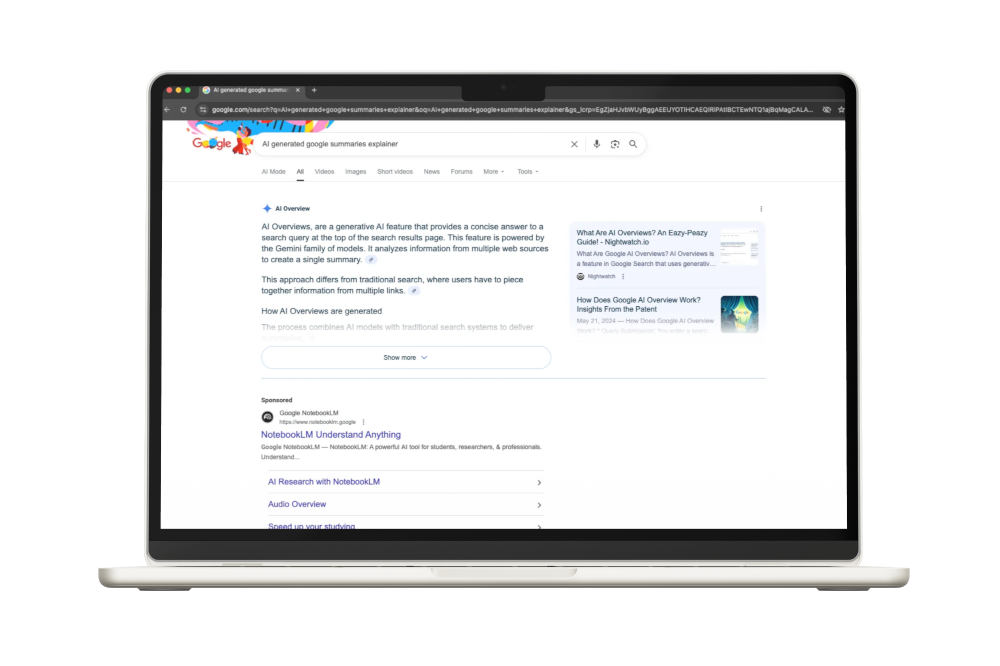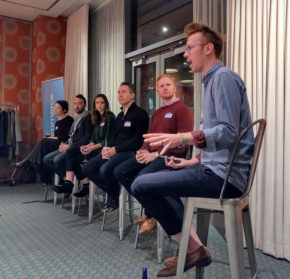
Stackers have attended a lot of conferences this year, and there’s one topic running through them all: AI.
At Optimizely’s Opticon 2025, it was no different, but the discussion tapped into an aspect of the AI environment that will change how my team (and all of Stack) thinks about content, customers, and growth.
Much like the shift from brick-and-mortar to e-commerce, we’re now living through another transformation: The way brands connect with audiences is being completely reshaped by artificial intelligence.
As I listened to the sessions and spoke with peers, it became clear that strategies from just a couple of years ago are already being left behind.
For me, the biggest takeaway was this: We’re no longer serving only people; today, every business has two audiences to consider—humans and AI.
The Evolving Definition of “Customer”
For years, being “customer-first” meant focusing squarely on the human buyer. That remains true, but today a second customer group has entered the mix: AI scrapers and answer engines.
The numbers tell the story. A decade ago, Google scraped once for every visit. Today, it’s 18 scrapes per visit. Emerging players like OpenAI and Anthropic scrape content at exponentially higher rates. If your content isn’t optimized for these new customers, you risk being invisible.
Content Remains King, but Forget What You Knew About Traffic
For years, creating high-quality search-optimized content was enough. Outside of the quality requirement, that playbook is effectively dead. Brands must now optimize for GEO (Generative Engine Optimization) and AEO (Answer Engine Optimization) so that content is discoverable and credible in AI-driven environments. All while still creating for that core human audience.
For human audiences, the mandate is authenticity and clarity:
- Speak plainly, not in fluff.
- Share authority and expertise only you can offer.
- Ungate content so it’s easily accessible.
For AI audiences, the focus shifts behind the scenes:
- Structured markup, metadata, and schema.
- Natural, Q&A-style phrasing that AI tools recognize.
- Freshness and credibility signals that build trust.
While all of that is going on? The rules for success are changing, too. Traditional measures like traffic, engagement, and rankings no longer tell the full story. In an AI-driven world where “no-click” behaviors dominate, impressions are skyrocketing even as click-throughs decline.
New measures of success include:
- AI visibility.
- Crawl-to-refer ratio.
- Quality of impressions vs. actual visits.
Traffic may be down year-over-year, but visibility in AI answers is now just as critical to long-term stability. The winners will master both sides: creating content that resonates with humans and ranks with AI, then measuring performance on a new scoreboard that reflects this dual reality.

Human Teams + AI Agents = The Future of Work
Looking ahead, the balance will be clear: Humans set the strategy, AI agents handle the repetition. This is something Stack has already gotten behind, and it was reinforced at Opticon. AI is an amplifier of human effort, your newest coworker.
AI can help optimize content, check compliance, update assets, and analyze performance. But humans still set the vision and creative direction. For Stack, that means our merchandising and brand strategy teams lead the way, while AI tools assist with execution at scale.
This model of agentive AI—systems that can plan, decide, and act toward goals autonomously—will reshape how marketing and operations function.
Think of it as a small army working alongside human teams, freeing up time and energy to focus on differentiation and other high-value work.

Change Management in the “AI Boom”
Surviving this era isn’t just about technology; it’s also about culture. Without support and clarity, teams risk confusion about whether they should be using AI, how they can use it, and whether leadership will back them up. If there’s silence, some employees may adopt AI tools in secret, while others avoid them altogether. Neither scenario sets the business up for success.
That’s why clear communication and practical guardrails are critical. Companies need to give teams permission to experiment while also setting expectations around which tools are safe, how data should be handled, and where the boundaries lie. Training is equally important; without it, employees may waste hours wrestling with a tool, or worse, put sensitive information at risk. Micro-learning platforms like LearnABC.ai are making that shift accessible.
At StackCommerce, we’re making sure every team—from buyers to customer support to logistics—has both the confidence and the competence to use AI in their daily work. The companies that thrive will be the ones that set direction, invest in training, and foster a culture of courage, speed, and experimentation.
So Now What?
The future of marketing, content, and ecommerce doesn’t have to be humans versus AI. Though the day-to-day specifics of how your company approaches artificial intelligence will be crucial to success, Opticon 2025 underscored four imperatives for everyone:
- Stay customer-first, but expand your definition to include both humans and AI.
- Embrace GEO and AEO as the new frontier of SEO.
- Use AI to make humans more effective—not to replace them.
- Lead with courage: Move fast, test often, and adapt.
At StackCommerce, we’re already exploring site cleanup, AI-friendly structures, and new approaches to agentive AI. The plan is simple and much the same as it’s always been: Thrive by moving quickly, staying curious, and putting customers first.

